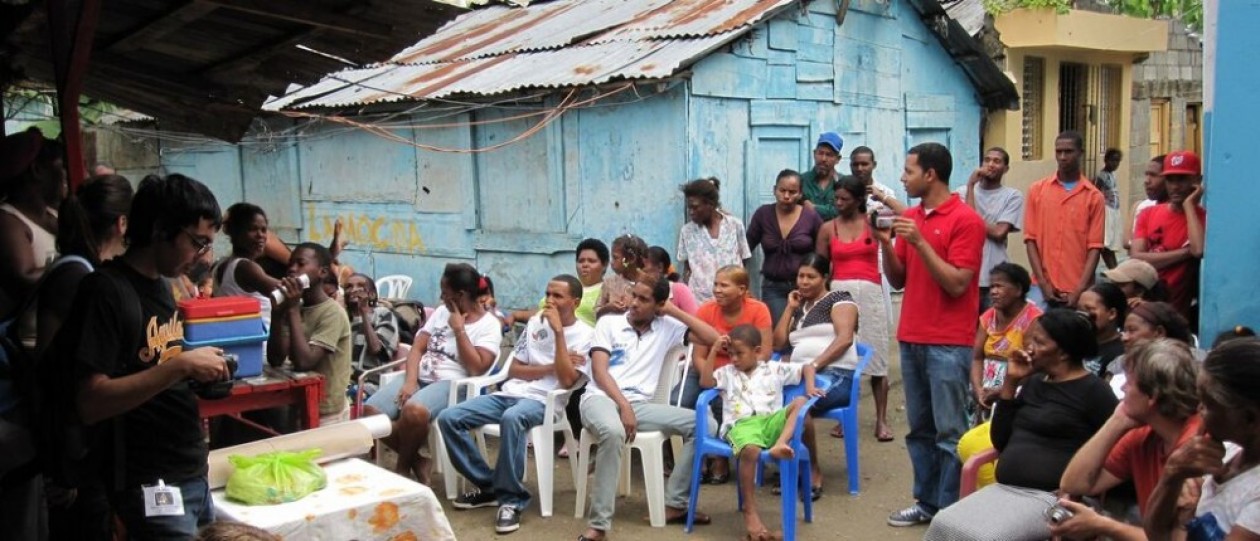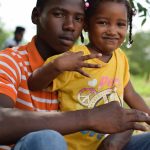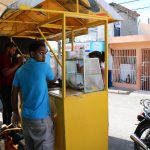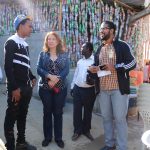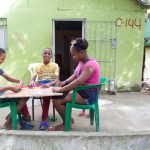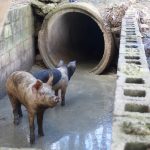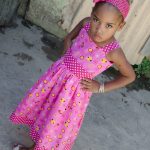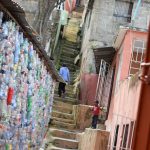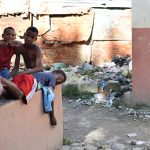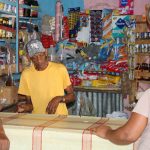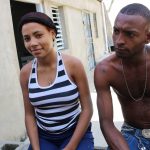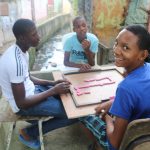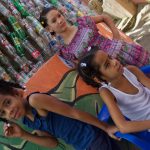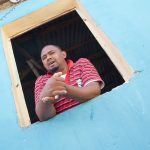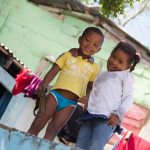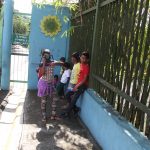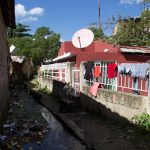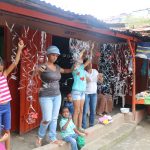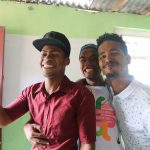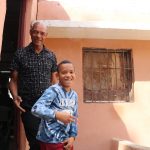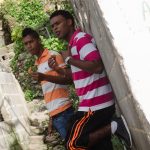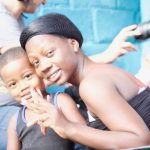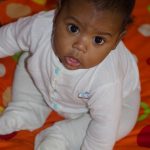In January, our class brought a total of four DSLR cameras to Los Platanitos. While spending time with the youth, we were happy to let them try the cameras out for themselves. Six youth in particular took a keen interest, and over the course of the next week, they became the primary handlers of at least two of those cameras. We gave them free reign over the equipment, and although they were restricted to locations where we were already working and relatively inexperienced in terms of technical abilities, they were able to take hundreds of images that varied greatly in terms of style and subject matter. As this was happening, we realized that their photographs were tangibly different from ours, reflecting a distinct vision of the spaces they live in and the people who occupy them.
Melanie Lombard of the Global Urban Research Centre at the University of Manchester has argued that the method of “autophotography,” wherein research subjects take and select their own photos, has the power to challenge existing perceptions of space and everyday life in informal settlements. The most stark difference between our photos as “outsiders” and the young photographers’ as residents of Los Platanitos was the way they were able to capture people looking natural and often joyful, which is consistent with Lombard’s observation that autophotographers “convey a sense of everyday life taking place, amid hope and conviviality, as well as struggle and hardship.”
Melvin
“Es un recuerdo, y esos recuerdos hay que tener siempre en la mente. No podemos olvidar de eso, y no solo eso, pero cosas más allá.”
Crismeilí
“Porque él no sabía que yo estaba tomando esa foto, entonces me interesó tomarla.”
Rancel
“Me interesó por la forma, por como quedaron las personas, como combinaron en dialogo.”
Wander
Dewi
Angel
